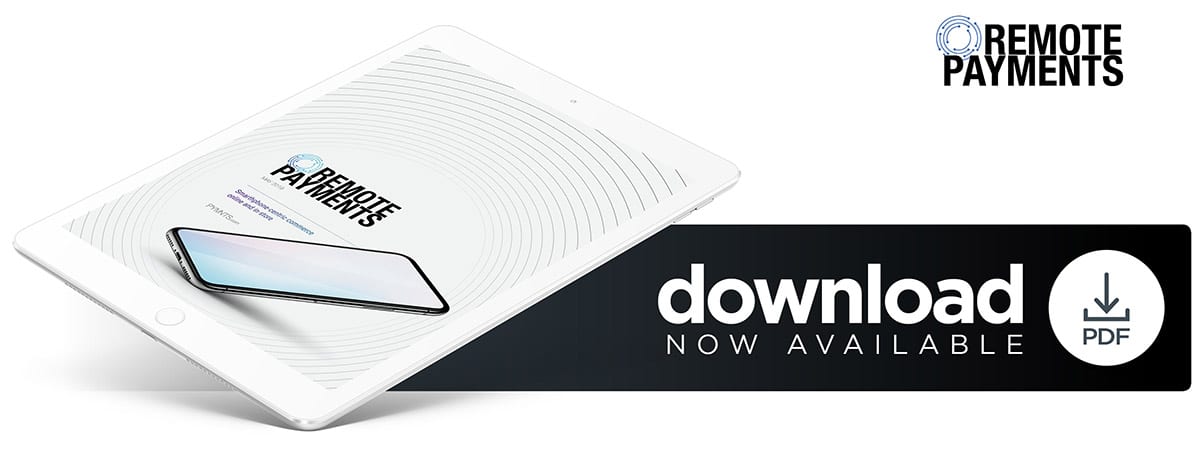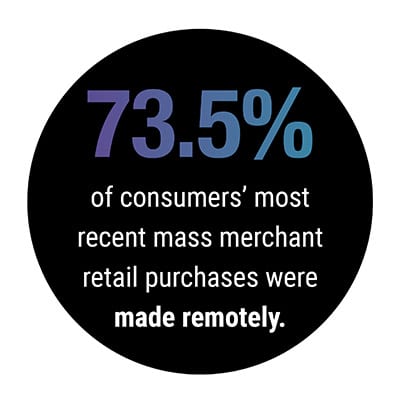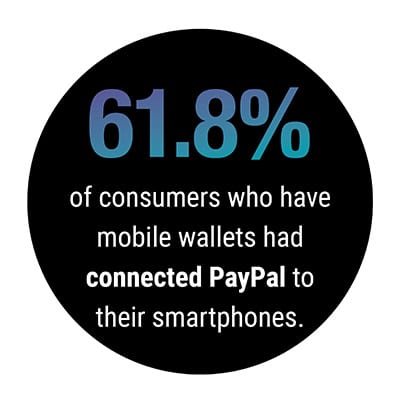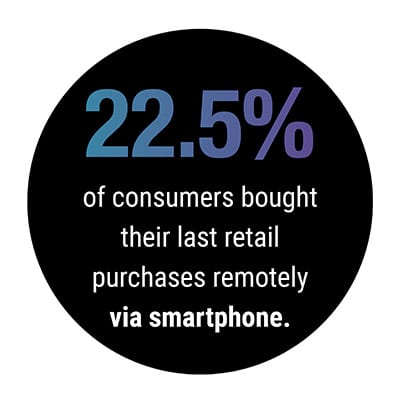
 Mobile commerce might just be the key to saving brick-and-mortar stores.
Mobile commerce might just be the key to saving brick-and-mortar stores.
 Consumers use their smartphones to shop for everything, everywhere – including using them to help them shop in-store. What’s more, consumers who use their smartphones while shopping in-store visit them more often than consumers who don’t. As much as 81.5 percent of consumers who do say they visit brick-and-mortar shops every day or every week.
Consumers use their smartphones to shop for everything, everywhere – including using them to help them shop in-store. What’s more, consumers who use their smartphones while shopping in-store visit them more often than consumers who don’t. As much as 81.5 percent of consumers who do say they visit brick-and-mortar shops every day or every week.
What’s even more interesting is what they are doing with those smartphones. Some use them to access in-app discounts (46.8 percent do this), some use them to look up product information (43.3 percent) and others simply use them to compare prices at competing merchants (33.6).
With smartphones playing such a central role in how consumers shop not only remotely, but also in-store,  how can retailers leverage them to increase foot traffic and boost their bottom lines?
how can retailers leverage them to increase foot traffic and boost their bottom lines?
In the 2019 edition of the Remote Payments Study, PYMNTS collected and analyzed survey data from 2,300 American consumers to get an in-depth look at how they use an assortment of connected devices — and especially the smartphone — to browse, shop and buy items online and in-store.
According to our research, smartphones, laptop and desktop computers are still the most popular ways for consumers to make remote purchases. As much as 37.4 percent of consumers whose last purchase was a retail item bought that item on their personal  computers, and 27.7 percent bought it on their smartphones.
computers, and 27.7 percent bought it on their smartphones.
Consumers still appear to prefer shopping in stores when purchasing food, though. Just 11.4 percent of those whose last purchase was a food item bought that item via computer, and just 13.8 percent did so via smartphone.
Regardless of whether a consumer is shopping in-store or remotely, smartphones are helping make their payments faster and more convenient — mainly by allowing their browsers and mobile apps to store their payment information. In Q1 2019, 26.6 percent of consumers used payment information stored in their browser to process their mobile payments, and 17.1 percent stored it in a mobile app. With this information in place, consumers can browse, shop and buy items online with minimal friction.
Yet, the uses for mobile-assisted payments don’t end there.
To learn more about consumers’ usage of mobile devices to shop and pay in Q1 2019, download the report.